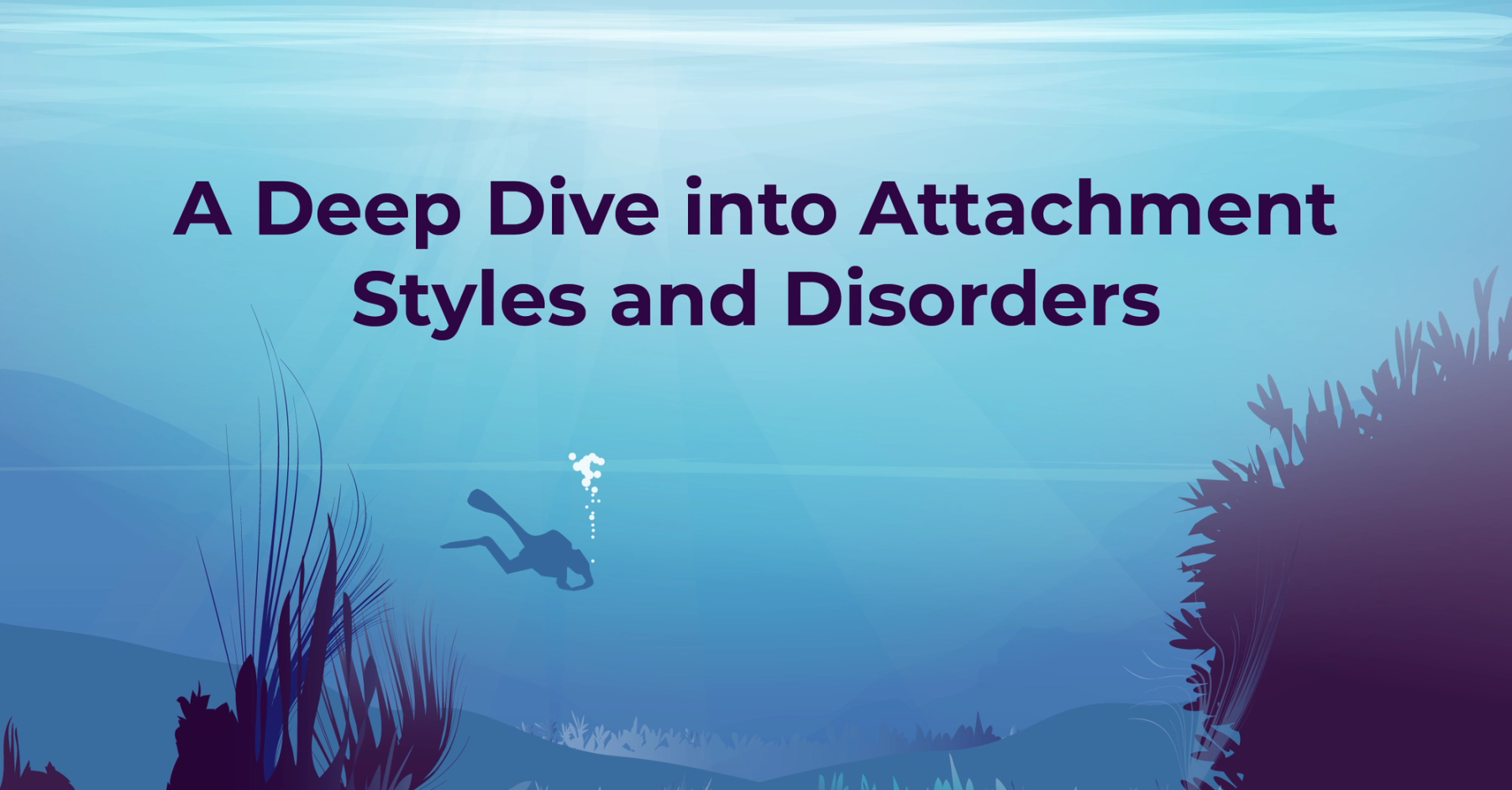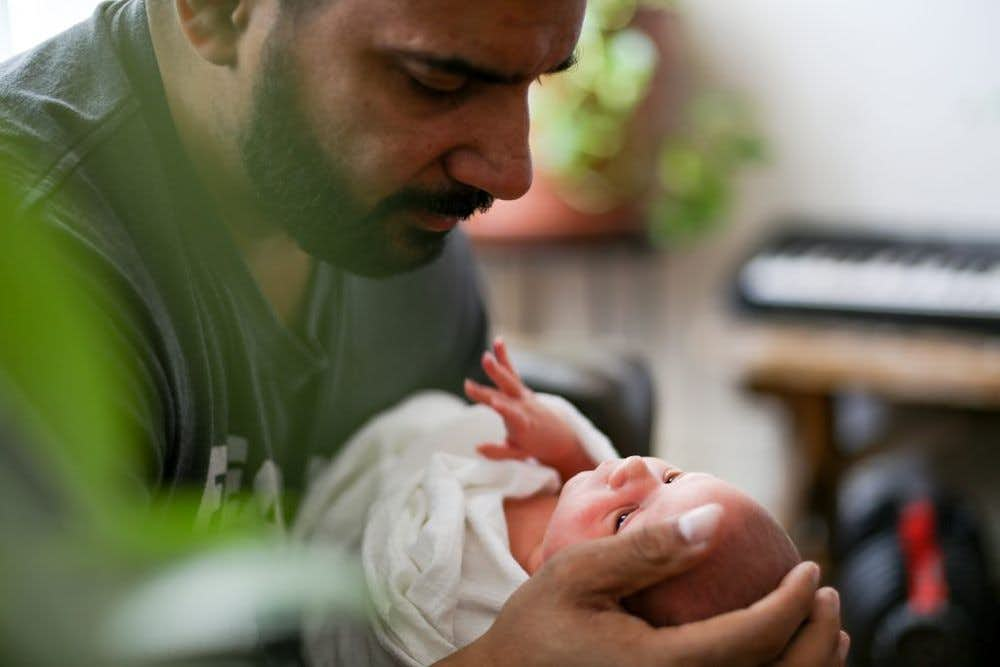September 2nd, 2021

While this article is related to attachment and attachment-related disorders, it holds a special place in my mind. Before being a therapist at Clarity Clinic, I worked at a Chicago-based non-profit called Mercy Home for Boys and Girls. Mercy Home serves youth and families across Chicago who are in crisis.
Often youth in a crisis, similar to the youth at Mercy Home, children in underserved communities, and children in the foster care system experience challenges in the areas of bullying, poverty, systemic racism, crime, violence, lack of access to resources, etc. This can result in problems with attachment.
Working with a therapist and accessing needed resources is important so that children with attachment problems can heal. As a youth care worker at Mercy Home, I was able to witness this healing process and was inspired to become a social worker to continue being a part of healing.
The mission of Mercy Home is so important to me that I have chosen to run the Chicago marathon to raise funds for the organization.
Before we begin a discussion of attachment styles and disorders, it is important to define attachment. Attachment theory was developed by psychiatrist John Bowlby in the 1950s. He defined attachment as, “Lasting psychological connectedness between human beings.” Per Bowlby’s framework, attachment develops between caregiver and child as the child needs the parent or caregivers to survive.
Essentially, how a child relates to their caregiver is often indicative of their attachment style. If a child’s caregiver is responding to the child’s needs for survival, the attachment relationship will likely be healthy. If the caregiver is unable to or inappropriately responds to a child’s needs, an unhealthy attachment style will likely develop.

Now that we have defined the concept of attachment, let’s talk about attachment styles. The four prevalent attachment styles are described below:
A secure attachment style is the attachment style that naturally results from a healthy caregiving relationship between parent and child. However, people with anxious, avoidant, and disorganized attachments are capable of building healthier attachment styles through therapeutic interventions.
Having a healthy supportive bond with mentors, teachers, coaches, and clinical providers can often support children in improving their attachment relationships. Unfortunately, these supportive bonds are not always available and unhealthy attachment styles can result in attachment disorders.

Two common attachment disorders are seen in children and adults: Disinhibited Social Engagement Disorder (DSED) and Reactive Attachment Disorder (RAD). Below, a more general description of each disorder is presented.

If someone you know has an attachment disorder, it is important to address and support it as soon as possible. Below are some guidelines on how to support someone with a disordered attachment:
Disorders of attachment are disorders in how we connect with others, but they are treatable and manageable. Building safe and stable connections are needed for healing which all who have disordered attachment deserve.
Written By:Sarah Beerman, LCSW, CADC
At Clarity Clinic, we have highly trained staff who specialize in therapy and psychiatry services. To learn more about how we can support your mental health, call Clarity Clinic on (312) 815-9660 or schedule an appointment today.
Our Services
Virtual/Online CarePHP and IOPAdult PsychiatryChild & Adolescent PsychiatryAdult TherapyChild & Adolescent TherapyCouples CounselingFamily TherapyGroup TherapyPsychological TestingTranscranial Magnetic Stimulation (TMS)